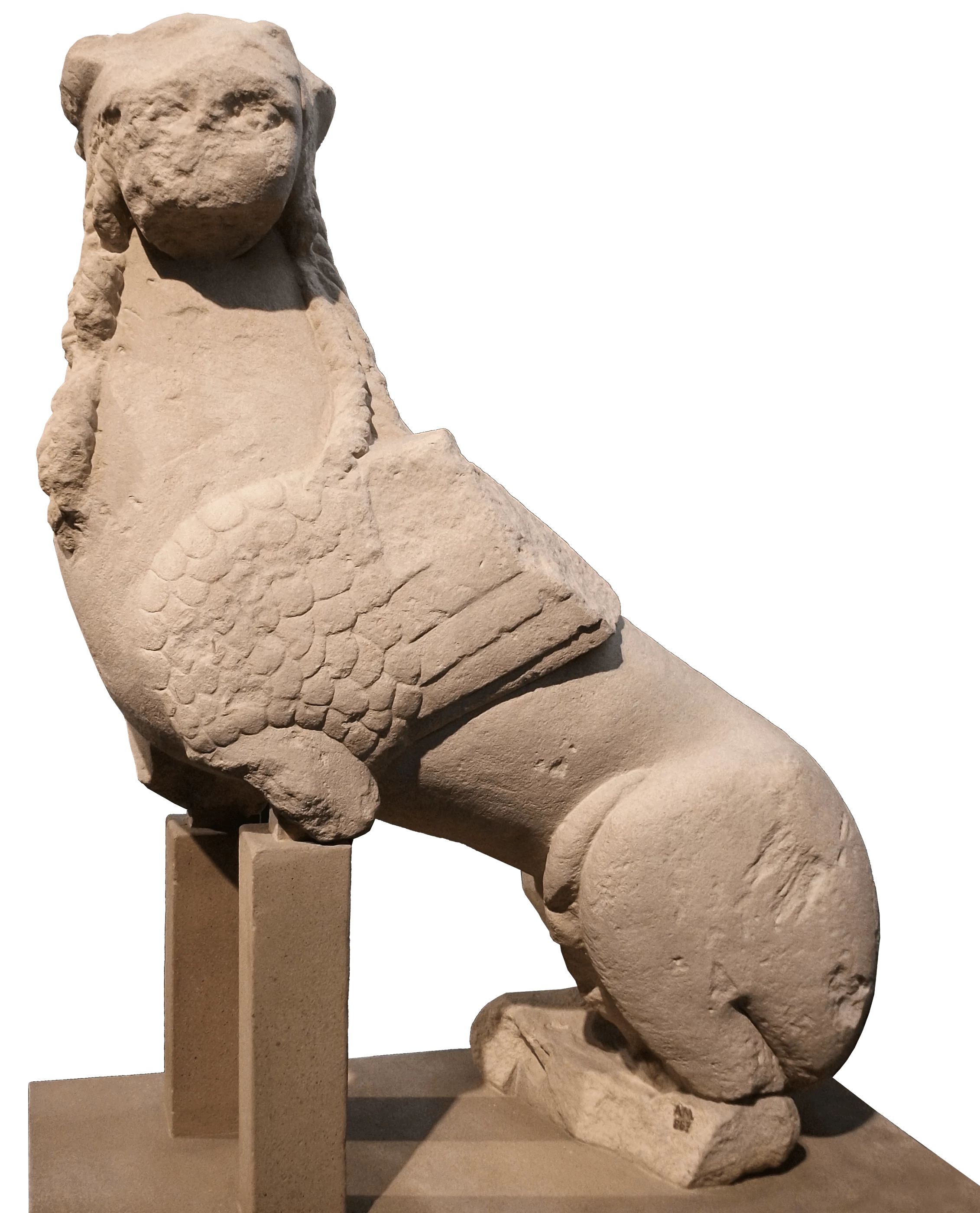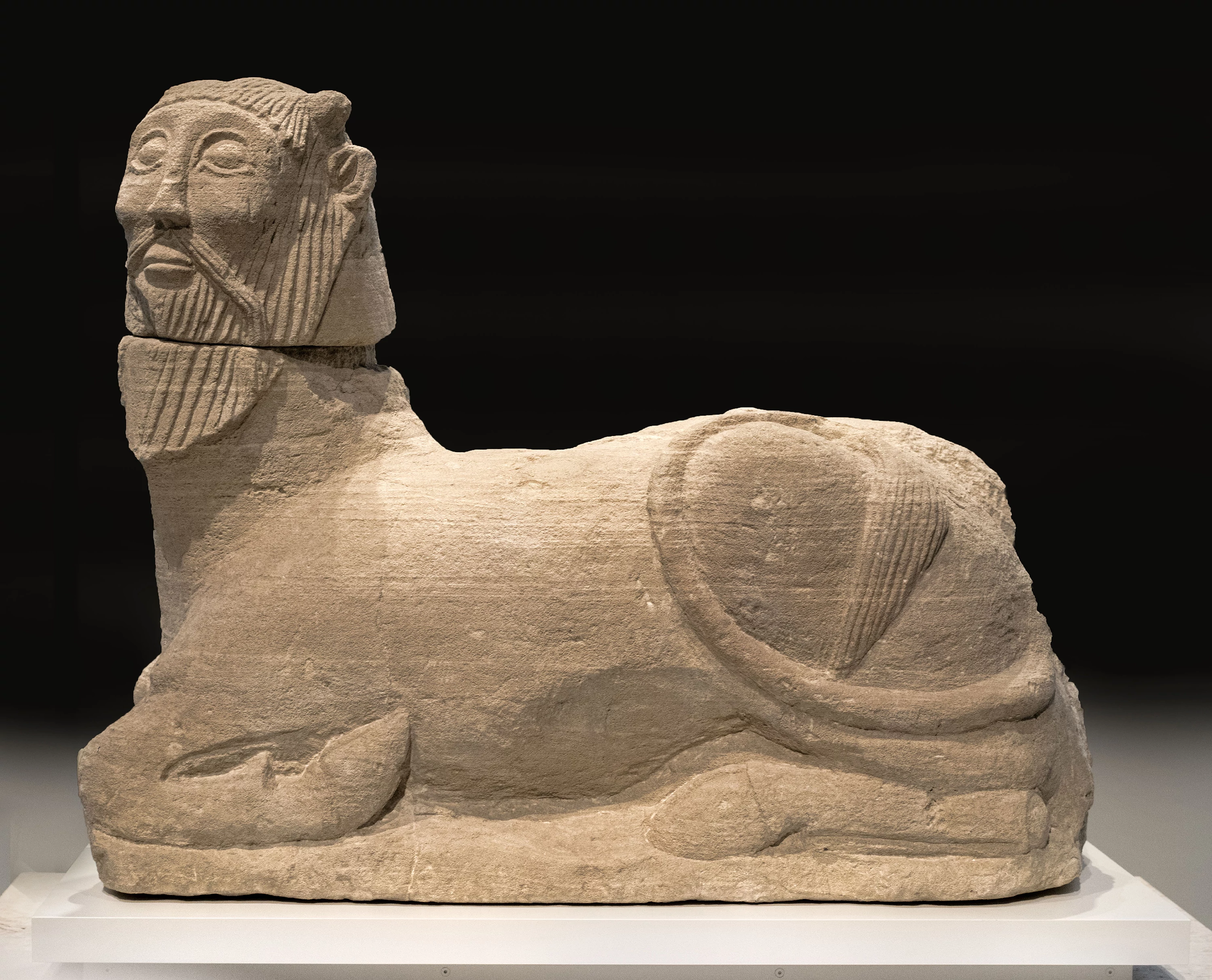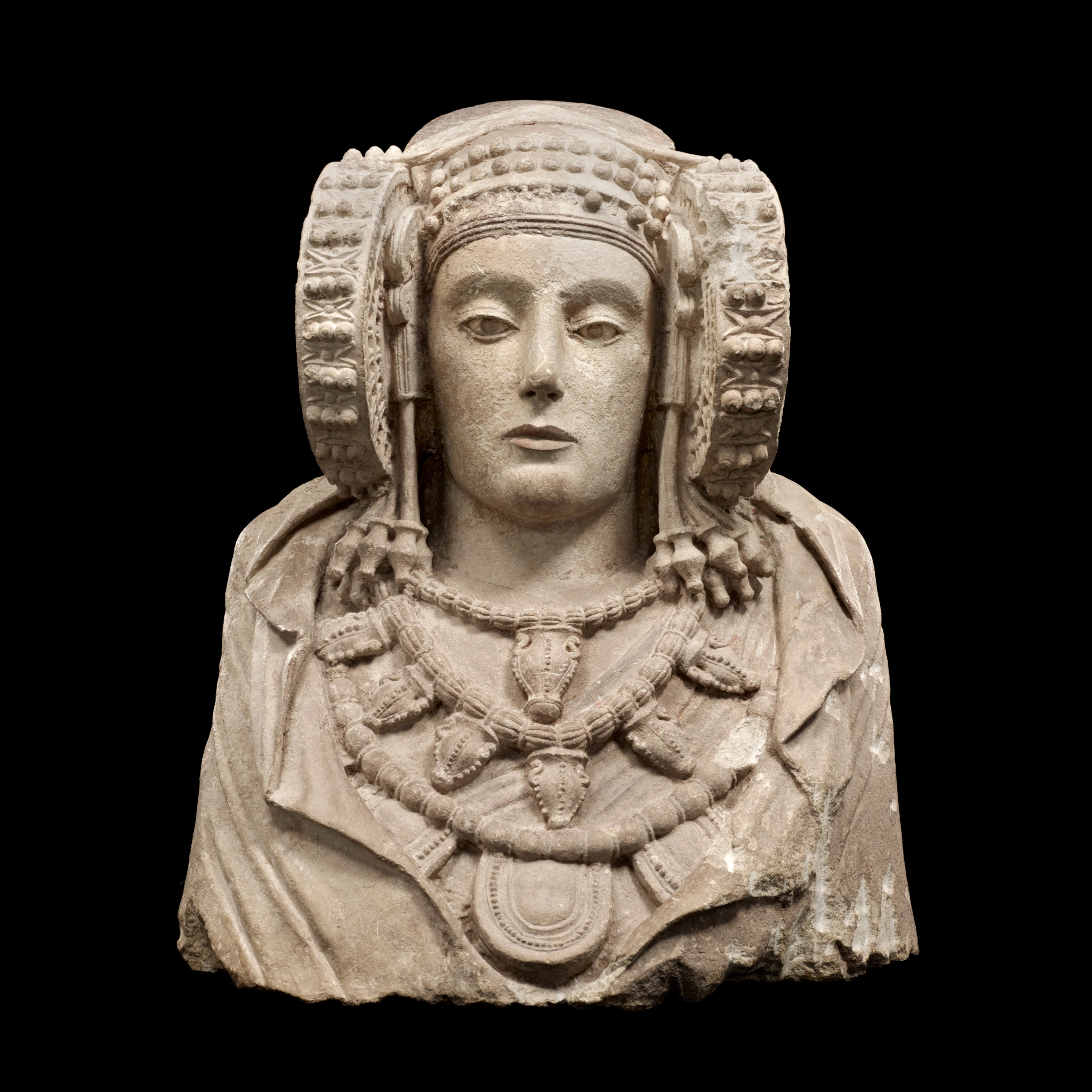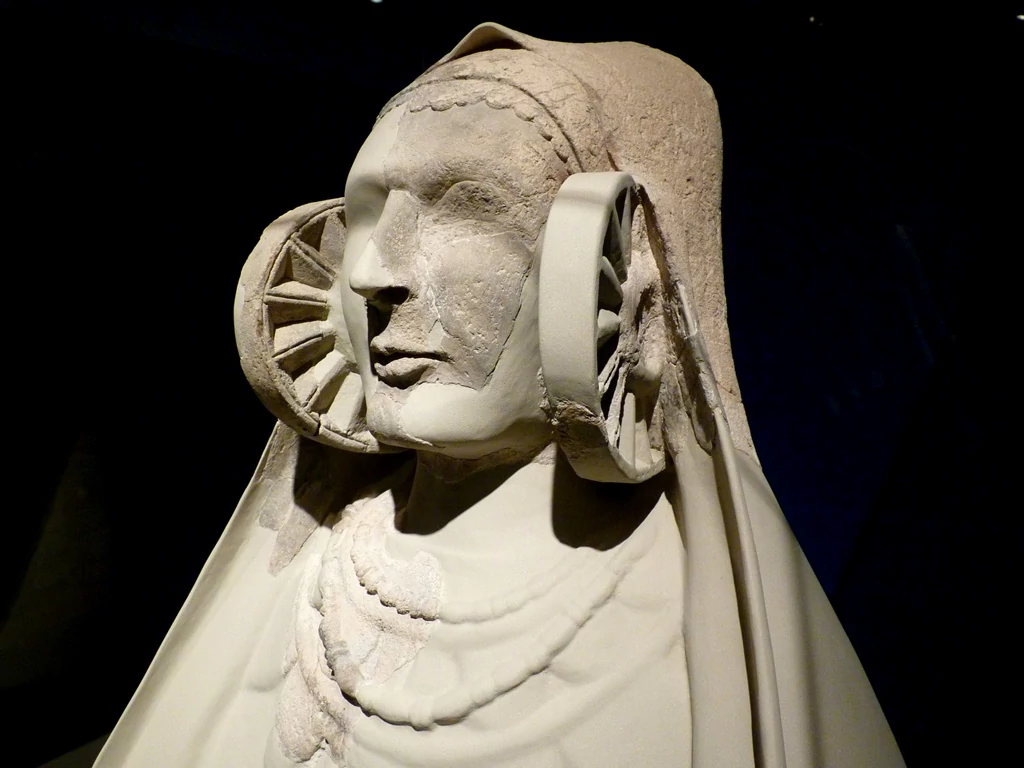History has the bad habit of remembering the great empires of the past, and forgetting the cultures of the conquered. So it is with the Iberians, a vast network of city-states, tribes and confederacies who peopled the Iberian peninsula in what is modern day Spain and Portugal.
In 206 BCE Roman sent forces against the Carthaginians in the Second Punic War, conquering an empire spanning the southern peninsula and northern Africa, which was the beginning of the end for Iberian independence. For the next 170 years, Time chipped away at the Iberian territories, eventually annexing the whole peninsula in 19 BCE. But before this conquest, the Iberian peninsula was rich with independent cultures, loosely connected through trade, language and four distinct sculptural traditions.
While the Iberians were expert metalworkers, and developed distinctive geometric patterns for their ceramics, it is their Stone and bronze sculptures that claim the imagination. Classified into Southern, Western, Central and Levantine, these regional styles are a melting pot of Egyptian, Greek, Phoenecian Assyrian and Hittite influences.
The most well-documented style is the Levantine, exemplified by the striking Lady of Elche. 670 Levantine sculptures live in collections around the world and share an unusual blend of Greek and Egyptian influence, like the Bicha de Balazote and the Sphinx of Agost. The Southern and Western Iberian sculptors were preoccupied with funerary art, like the Lady of Baza, a seated figure with a pocket to hold cremated remains. Sculptures from the Central region were often worked in granite, most famously the Bulls of Guisando.





